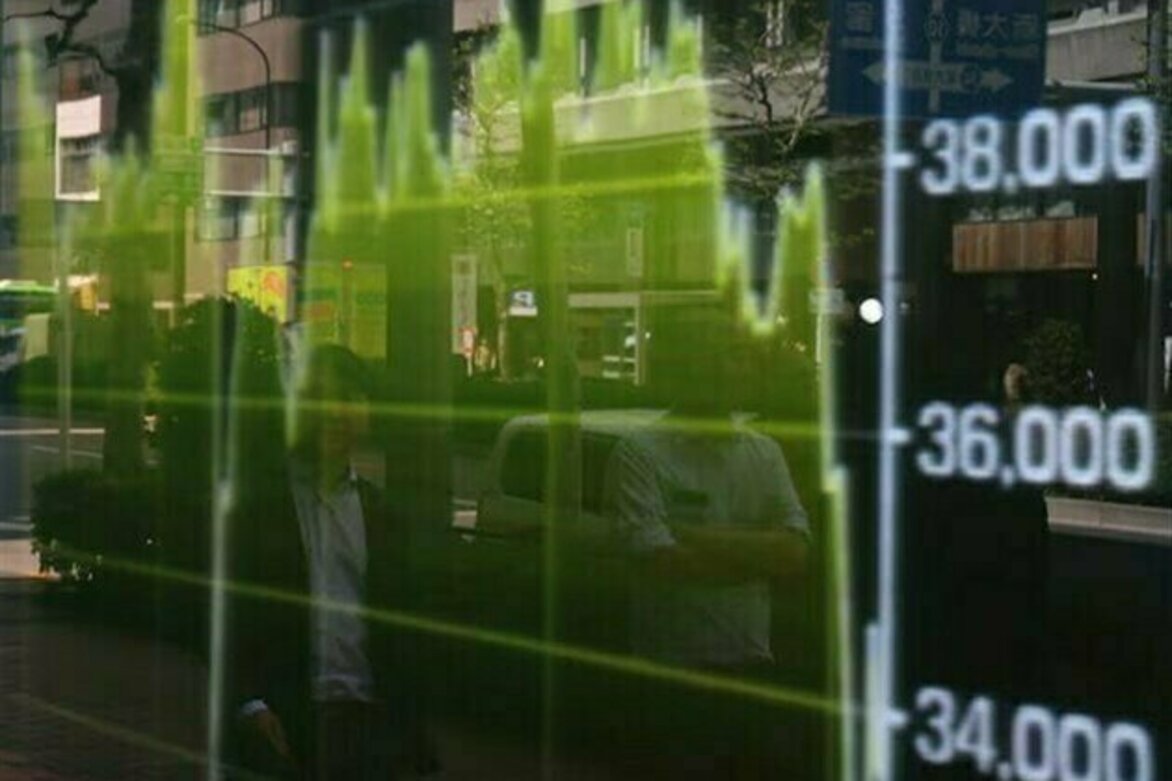Global Markets Slide As US-China Tariff Tensions Escalate
Tasnim
02 Jun 2025

TEHRAN (Tasnim) Stocks and the dollar fell on Monday amid rising US-China trade tensions and investor caution ahead of key US economic data and an anticipated European rate cut.
- Economy news -Shares in Asian and European steelmakers dropped after US President Donald Trump threatened late Friday to double tariffs on imported steel and aluminium to 50%, starting June 4.
The move drew criticism from European Union negotiators.
Treasury Secretary Scott Bessent said on Sunday that Trump would soon speak with Chinese President Xi Jinping to resolve a dispute over critical minerals.
However, Beijing firmly rejected Trump's trade criticisms, casting doubt on the timing of any call.
European market sentiment weakened, with the STOXX 600 falling 0.5% and euro zone bonds selling off, while the euro gained as investors shifted away from the dollar.
The flip-flopping on trade policy looks set to continue and it appears the uncertainty this creates does not bother President Trump at all, said MUFG strategist Derek Halpenny.
That is likely to give investors the reason to renew selling of the US dollar.
The dollar index, which tracks the currency against six major peers, was last down 0.6% at 98.77 and has declined 9% this year.
White House officials continued to downplay a court ruling that Trump had exceeded his authority by imposing blanket tariffs on US trade partners.
Investors are closely watching to see whether Trump will proceed with the 50% tariff on Wednesday or reverse course, as he has in the past.
Safe-haven assets rose, with the Japanese yen, Swiss franc, and gold all rallying.
Uncertainty was further fueled by speculation about the implications of Ukraines latest strike on Russian air bases ahead of renewed peace talks.
In Poland, nationalist opposition candidate Karol Nawrocki narrowly won the presidential election, dealing a setback to the centrist governments pro-European agenda.
Tariff Turbulence
In US markets, S\&P 500 futures dropped 0.5%, while Nasdaq futures declined 0.7%, signaling a lower open.
Despite the recent dip, the S\&P gained 6.2% in May and the Nasdaq surged 9.6% on hopes that final tariffs would be less severe than those initially announced.
The US economy has experienced volatility due to preemptive tariff moves, with an expected rebound in the second quarter following a first-quarter contraction.
The Atlanta Feds GDPNow estimate stands at an annualized 3.8% for Q2, though analysts forecast a slowdown in the latter half of the year.
This weeks data on manufacturing and employment will be closely watched, with payrolls expected to rise by 130,000 in May and unemployment projected to hold at 4.2%.
A rise in unemployment could prompt the Federal Reserve to consider interest rate cuts, though expectations for moves in June or July have diminished.
Markets currently price in a 75% chance of a rate cut in September.
Fed Governor Christopher Waller said on Monday that cuts remain possible later in the year due to downside risks to growth and jobs and upside risks to inflation from tariffs.
The Senate will begin debating a tax-and-spending package that could increase US federal debt by $3.8 trillion, pushing it to $36.2 trillion.
Across the Atlantic, the European Central Bank is expected to cut interest rates by 25 basis points to 2.0% on Thursday, with markets alert to guidance on a potential follow-up cut as early as July.
The Bank of Canada meets Wednesday, with a 76% probability priced in that it will keep rates at 2.75%, though it may adopt a more dovish tone due to rising recession risks tied to tariffs.
On Monday, the dollar dropped 0.8% against the yen to below 143, and 0.6% against the Swiss franc to 0.8179.
The euro rose 0.6% to $1.1423, its highest level since late April.
In commodities, gold surged nearly 2% to $3,353 an ounce after a 1.9% loss last week.
Brent crude gained 2.4% to $64.25 a barrel after OPEC+ announced a continued output increase for July, matching the previous two months and easing fears of a steeper hike.
